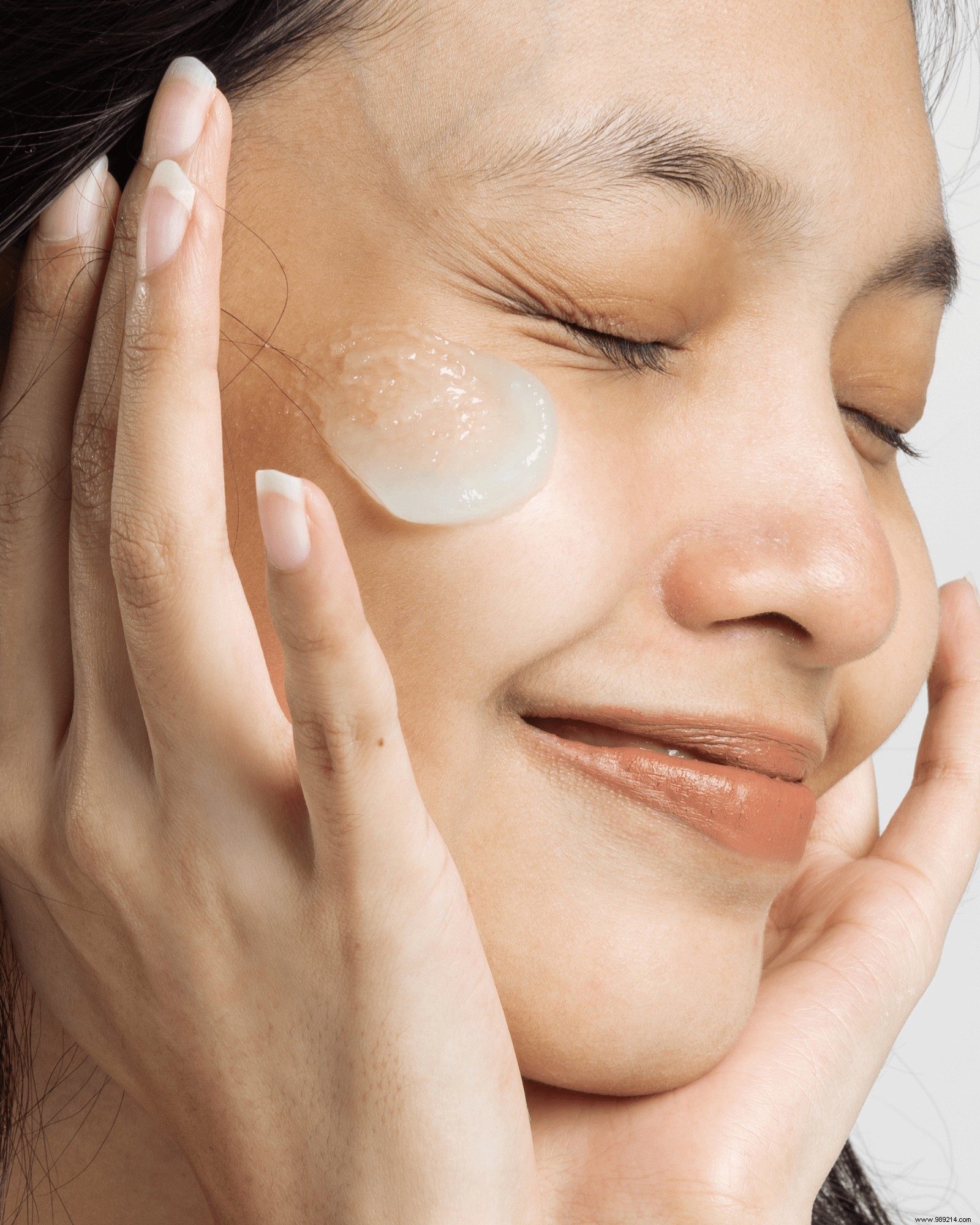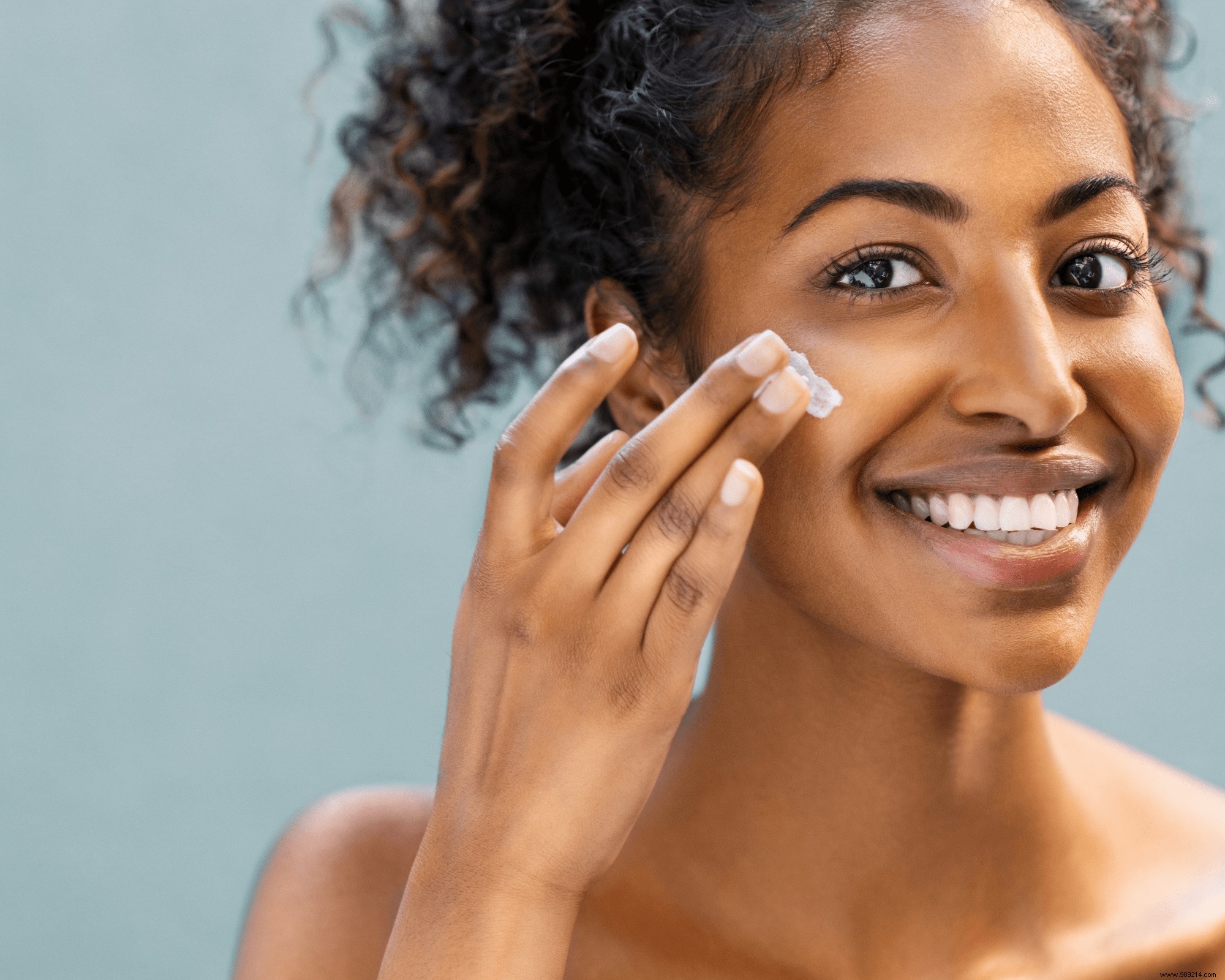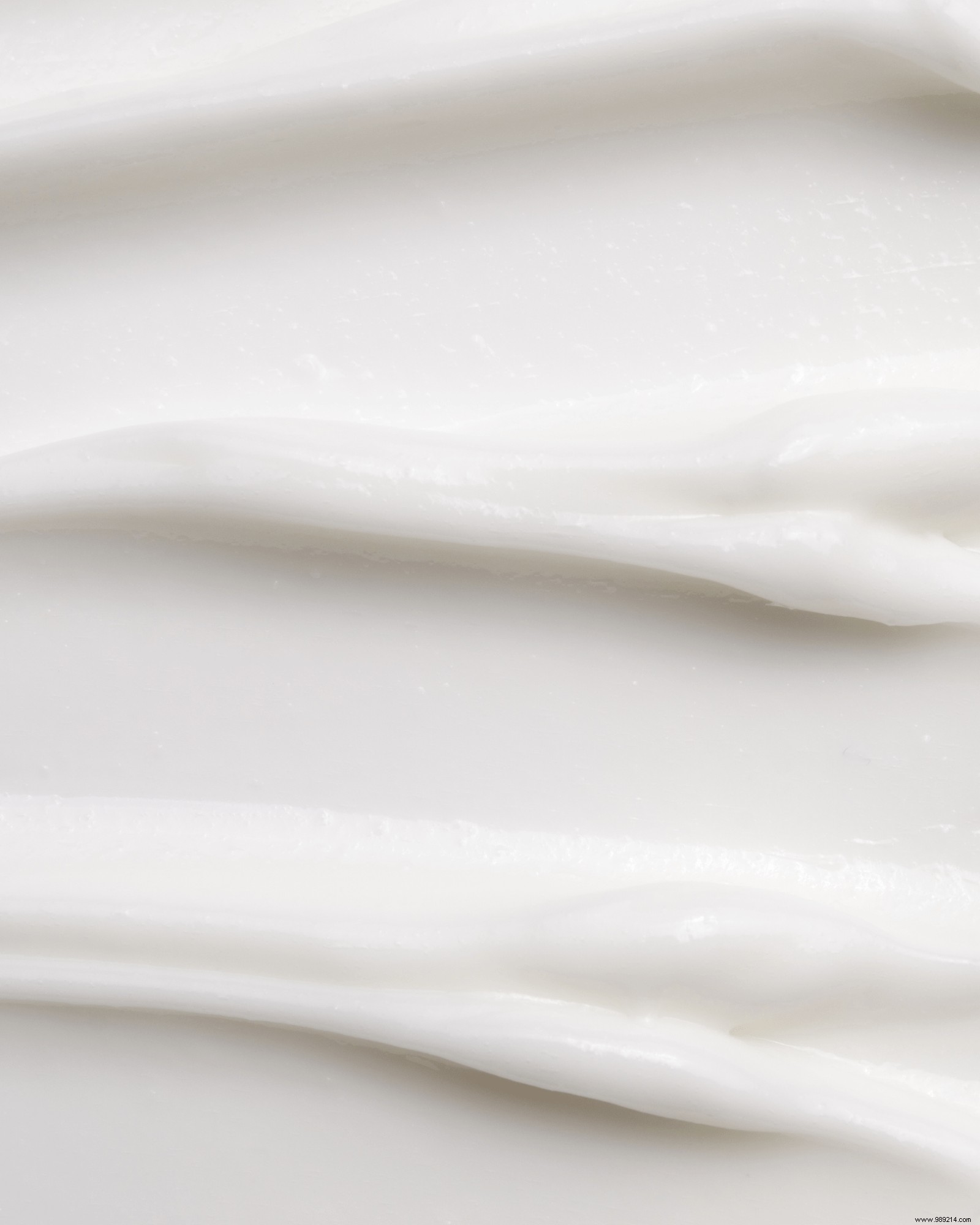We can never repeat it enough:radiant skin is hydrated skin ! Impossible, therefore, to think of a beauty routine without good hydration.
Problem:it is not always easy to navigate among the many moisturizing products available on the market today! Between the day creams , gels, night creams, emulsions... There is something to lose ground.
But then, how to choose your moisturizer , THE ideal product that will suit our skin? The answer in this little guide!
Our skin is 70% water. To function well (and properly protect our body from external aggressions), the skin needs to constantly maintain a certain level of hydration.
First reflexes to adopt to stay hydrated:drink enough (at least 1.5 L of water per day) and adopt a balanced diet (rich in water, antioxidants)… Unfortunately, these gestures are not enough to keep your skin hydrated as you “age”!
The reason ? She is straightforward. The older we get, the less our skin tissue is able to retain the water it contains. It then becomes essential to give it a little boost with moisturizing products. Their role ? Prevent skin dehydration by slowing water evaporation absorbed by the body.
In other words, the role of a moisturizer is not so much to hydrate the skin , but rather to prevent it from becoming dehydrated! (Do you understand why it is IMPERATIVE to drink water, even with all the creams in the world?).

We will have understood:a good day cream should prevent dehydration of the skin. Ideally, this cream should be organic and made with natural ingredients - it is the only way to avoid certain harmful active ingredients from petrochemicals.
Yes, but here it is:choose a natural cream not enough. To find THE ideal day cream that suits your skin, you must first learn… to know yourself better! According to your skin type , his skin condition AND his age , the needs of the skin can vary greatly! In other words:the best moisturizer is the one that matches your skin.
Each type of skin has its own problems and needs! For example, dehydrated skin exposed daily to pollution will need a moisturizer with antioxidant action!
The first reflex to adopt is therefore to identify your skin type.
👋 You don't know your skin type ? Perform your beauty diagnosis in minutes with Nuoo.

Dry skin is distinguished by the discomfort it causes. It is a skin that is often tight, even itchy... It can also cause redness and irritation. This fragility is generally caused by a lack of sebum . However, it is precisely the sebum, rich in fatty acids, which is responsible for protecting the skin and limit water loss...
What to give dry skin ? Fat above all, in order to nourish it and strengthen its skin barrier! To do this, you can opt for creams with a thick texture containing vegetable oil or vegetable butter (like shea butter!).
Unlike dry skin, oily skin contains excess sebum (also called “excess sebum”). In other words, the sebaceous glands work in excess. Problem:this excess is just as harmful as the lack of sebum - because it leads to an accumulation of dead cells on the surface of the skin. Worse:the overproduction of sebum can go so far as to clog the pores of the skin and dilate them - leading to the appearance of pimples and blackheads .
For this reason, the distinguishing features of oily skin are often the visible and dilated pores , shiny skin, blemishes…
What to give to oily skin? Water - because YES, even oily skin needs hydration! But beware:oily skin does not hydrate just anyhow! Choose lightweight products such as oil-free gel moisturizers or mattifying creams, and avoid greasy products at all costs. In short, opt above all for a non-greasy moisturizer.
Things to Remember
Do not confuse nutrition with hydration. Dry skin needs nutrition (oily), when oily skin needs hydration (water).
Combination skin is a gentle mixture of dry skin and oily skin ! Often, it is characterized by dry skin on the cheeks and oily skin on the T-zone (forehead, nose, chin) associated with some imperfections (dilated pores, pimples, blackheads…).
We will have understood:combination skin is therefore skin that suffers from excess sebum in places… and lack of sebum in places. The whole challenge will then be to regulate the production of sebum or to promote it in a targeted way - all by varying the products!
If your skin does not present any particular problem, it is called “normal” skin (also called “balanced skin ”, because it has a good water balance). The challenge here is therefore to make sure to preserve this balance with the appropriate cosmetic products! These must have a light texture (these can be moisturizing gels, emulsions, etc.).
How to recognize face creams suitable for normal skin? They are often called "universal", because they are suitable for all skin types.

Sensitive skin needs to be pampered. Fragile by essence, sensitive skin is distinguished by its great reactivity to external aggressions (cold, pollution, wind, water, sun, stress, etc.). This hypersensitivity then results in sensations of tightness , redness , burns ...
Fortunately, many creams designed specifically to take care of this skin condition exist in the market. To recognize them, it's simple:just watch for the mentions "high-tolerance cream", "cream for sensitive and reactive skin", etc.
What is special about specific care for sensitive skin?
👉 These are soft products , devoid of irritating substances (such as perfumes, silicones, as well as certain active ingredients such as retinol or fruit acids).
Take a dab of moisturizer and warm it between your fingers to facilitate its penetration on the face. Then apply your moisturizer starting with the cheeks (this is usually the driest area of the face), and go up towards the outside of the face with upward movements . Take advantage of this moment to massage your face :this good reflex stimulates blood circulation! Finally, finish by tapping the T-zone with the remaining cream on your fingers.
The day cream Apply systematically to cleansed skin. If your routine includes the application of a serum, it must be applied before the day cream.